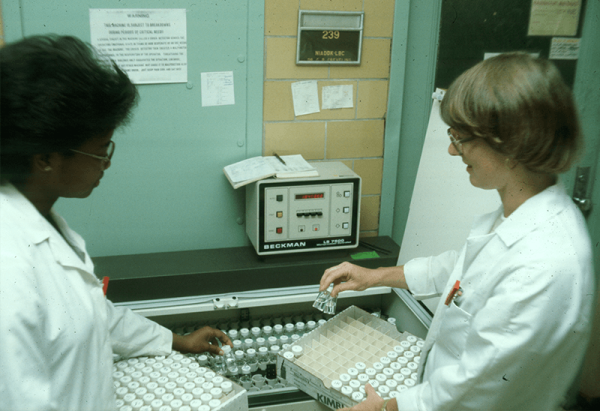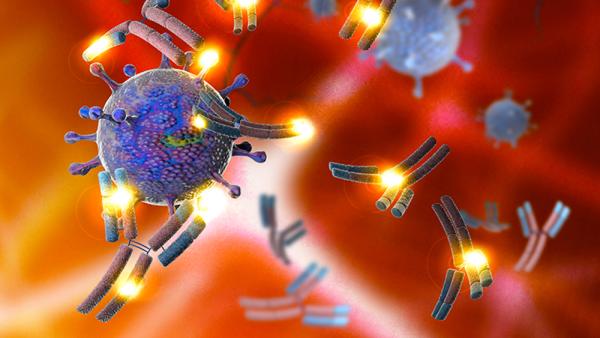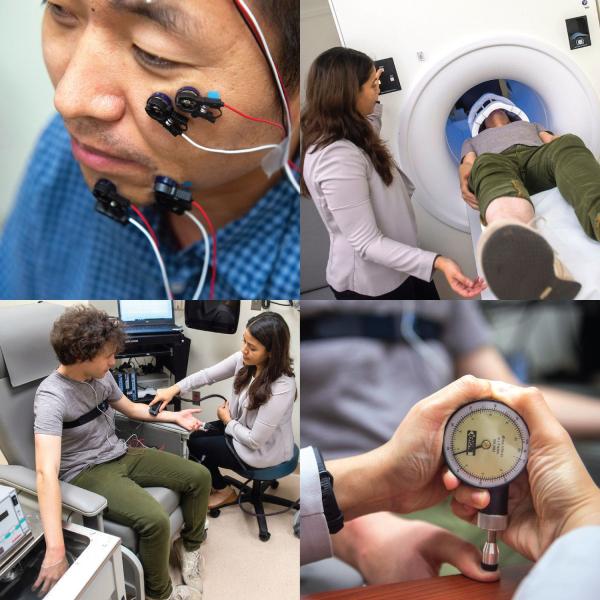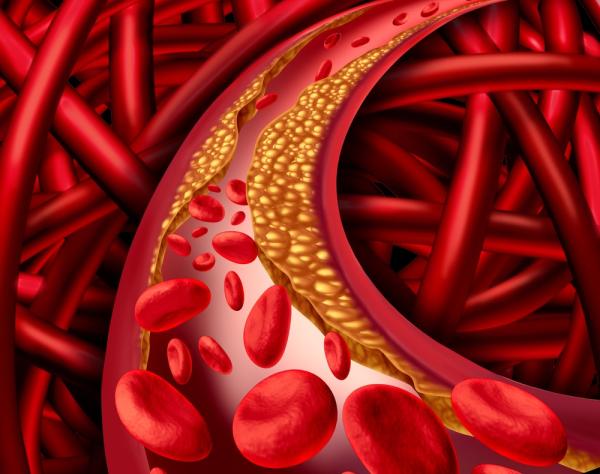Treatment Corrects Consequences of Accelerated Cellular Aging
Mouse Study Demonstrates Promise of New Therapy for Rare Genetic Conditions
If you ask a scientist how old you are, you may be surprised to get a different answer depending on who you’re talking to. That’s because age can be measured both ‘chronologically’ — in terms of time — and at a cellular level. Indeed, certain genetic mutations cause cells to age faster, leading to a host of health problems. Fortunately, a recent IRP study performed in mice suggests that boosting levels of a specific molecule could help alleviate some of those patients’ symptoms.










